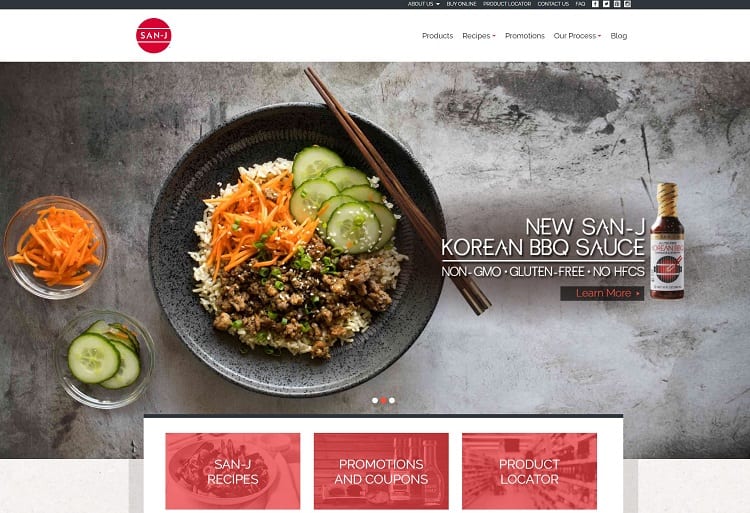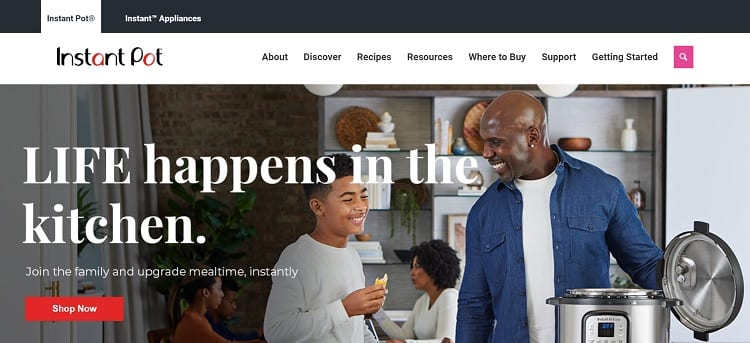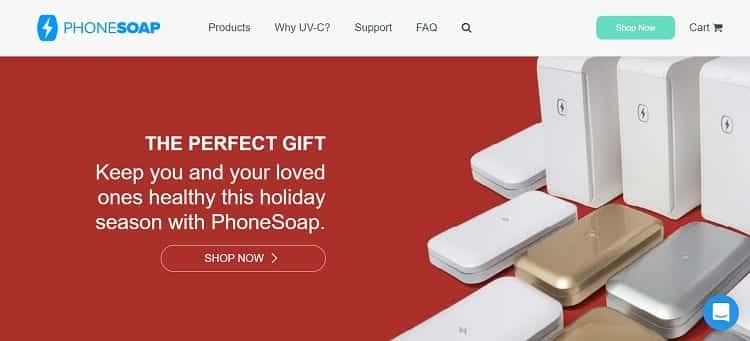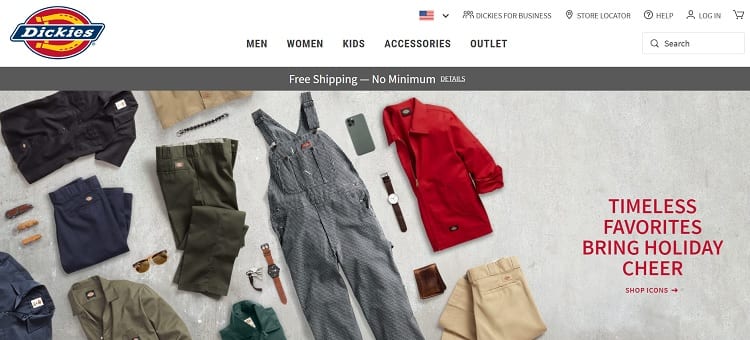What is the magic formula that makes some product launches successful from day one? Figuring out how to get the word out about your new item and in front of the right audience requires research and determination well before the day you release your latest offer.
In the 2019 Edelman Trust Barometer, 81% of those surveyed said they need to trust the brand before buying anything. Once you understand the importance of name recognition, you also realize a strong product launch is about more than just the actual thing you’re selling.
We’ve looked at both successful and failed product launches and come up with eight characteristics of successful attempts. Follow these tips to create a launch taking flight above others in your industry.
1. Highlight the Possibilities
One of the top things you should do with any new product launch is to showcase what the item does and how the user benefits from it. You might show it in action, add a video of a customer using it and how it changed their life, or simply talk up its benefits.

San-J shows off its delicious new Asian sauces by adding an image of a dish made with one of them. The text talks about the benefits of each product, while the pictures show the result. The photos are mouthwatering and make users want to try out San-J and make something similar in their kitchens.
2. Consider the Competition
Do your research about competition in the marketplace. Are there companies offering something similar? The more established those businesses are, the harder it might be to break into the arena. You may need to tweak your product and specialize it more.
Take note of the unique value proposition (UVP) each brand has. How are you different? Are you matching their UVP while excelling in your own areas and creating unique opportunities for your potential customers?
3. Create Something Unique
If you want people to be interested in what you have to offer, it needs to be unique. What makes your product better than the others out there? How will you convince users yours is the best?
Start by understanding the pain points your audience deals with. What is the core problem driving them to look for an item like the one you sell in the first place? Using the information, appeal to their emotions and explain how you can fix the issue for them.

There are hundreds of types of cookware on the market, but there is only one Instant Pot. There are similar brands, but it has also created an entire online community sharing recipes and tips for using its product. Note how the headline focuses on spending more time with family and how the small appliance helps people do this.
4. Create a Launch Calendar
A successful launch is all about the timing. Decide on a date you think works well for your brand, then work backward with scheduling. Hit on key milestones, such as creating brand recognition, lining up reviews and when the product needs to ship to be on store shelves.
The more detailed your schedule, the more likely your launch will hit all the high notes. Also, anticipate issues and build in some extra time if you have delays in shipping or one of your vendors causes a snafu.
5. Focus on the Must-Haves
One mistake a lot of new companies make is trying to create a perfect product. Instead of looking at the item everyone must have, think about your target audience’s biggest needs and meet them. The item might not do every little thing imaginable, but it will suit your customers’ needs.

PhoneSoap does one thing amazingly well. It cleans mobile phones in a 360-degree chamber in minutes. Sure, it could have kept working on the product and created something that charges your phone or disinfects other devices. However, the purpose was to clean people’s cellphones. The germs on mobile devices was the problem it identified, and it launched a product solving it.
It has since added a unit for other everyday household items, such as toothbrushes and remote controls. Launch your product to solve a problem. You can always tweak it later or release a second item to meet another need.
6. Test Like Crazy
There is nothing worse than launching a product and having it fail miserably. You can find a lot of bugs and problems by merely testing the item you plan to sell. Gather some trusted family, friends and past customers and ask them to give you feedback.
Throw out any “wish list” item. Your job is to ensure the device functions for the purpose it was created. If you made a new gadget to find lost remotes, then how well does it do that? Does it work every time? Does it fail? If it does not work properly, you need to tweak it before you release the item.
7. Position Your Product
Every brand has a unique position in the market, and each product has its own unique value proposition. What makes your item stand out, and how does it compare to others already out there?
Think about the marketing strategy you want to use. The same type of thing can have more than one use. Who is your target audience? How might they use what you offer?
You’ll also want to come up with a personality for your brand. Do you want to come across as funny or serious? Set the mood based on what your market research says your demographic responds best to.

Dickies offers outdoor work gear. Many competitors exist, such as Duluth Trading, L.L. Bean and Carhartt, but it has positioned itself with a simple, casual tone. The mood appeals to the person who needs warm gear for the winter or rugged clothes that withstand outdoor work.
8. Prepare Your Staff
Well before launch day, have your staff thoroughly trained and ready to take orders, answer questions and problem-solve. Invest the time into customer service, and you’ll have more satisfied customers who will help spread the word about your original product.
Gather Ongoing Feedback
You might prepare and follow all the steps perfectly but still have some major snafus on product launch day. Learn from any errors, and gather feedback from customers and sales staff. Improve the processes as needed, rinse and repeat.
Not every product launch goes perfectly. Improve what you can and highlight what you’re doing well. You’ll develop loyal customers who follow you no matter what new item you offer.
Woman Advertising -DepositPhotos


